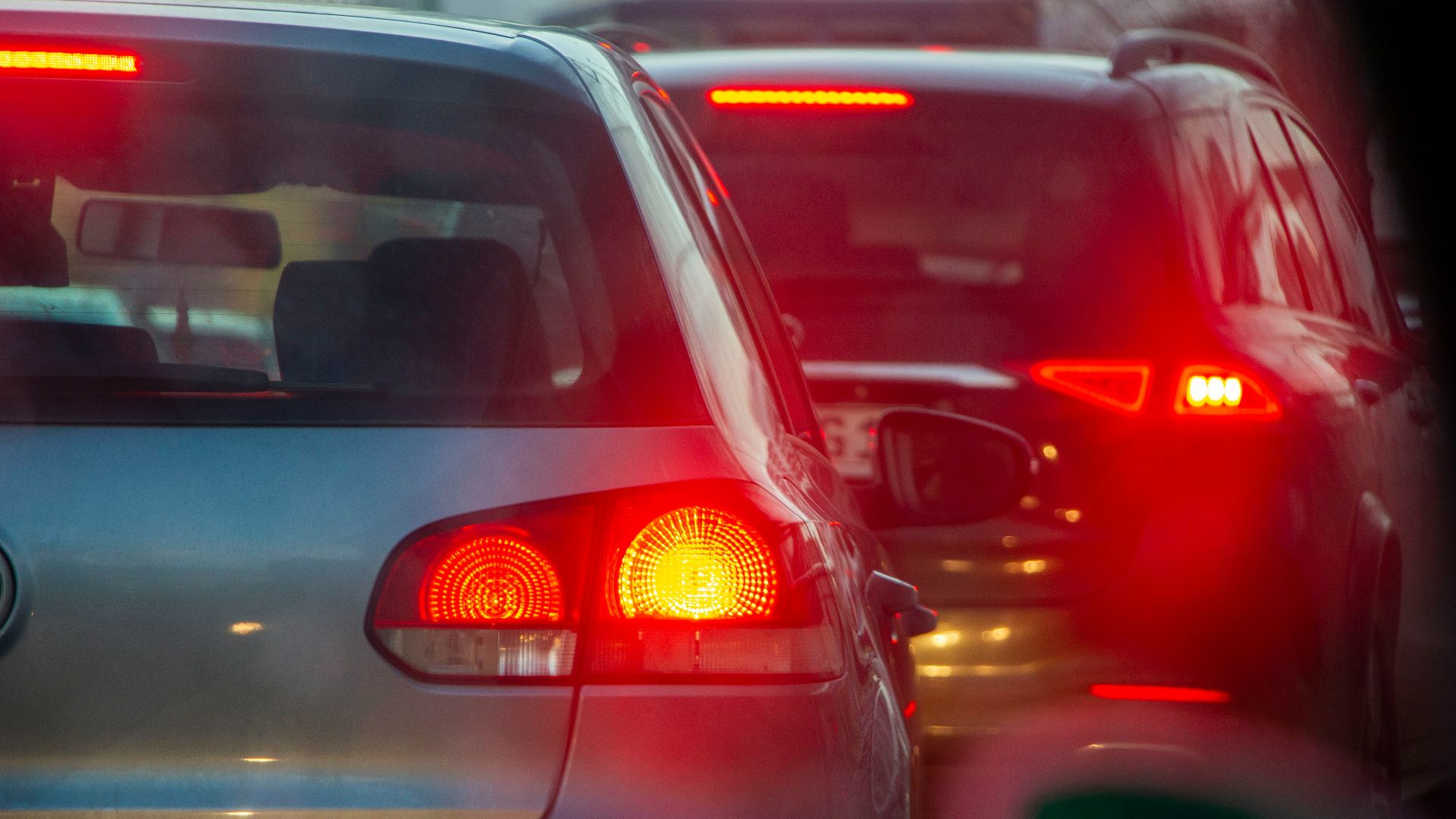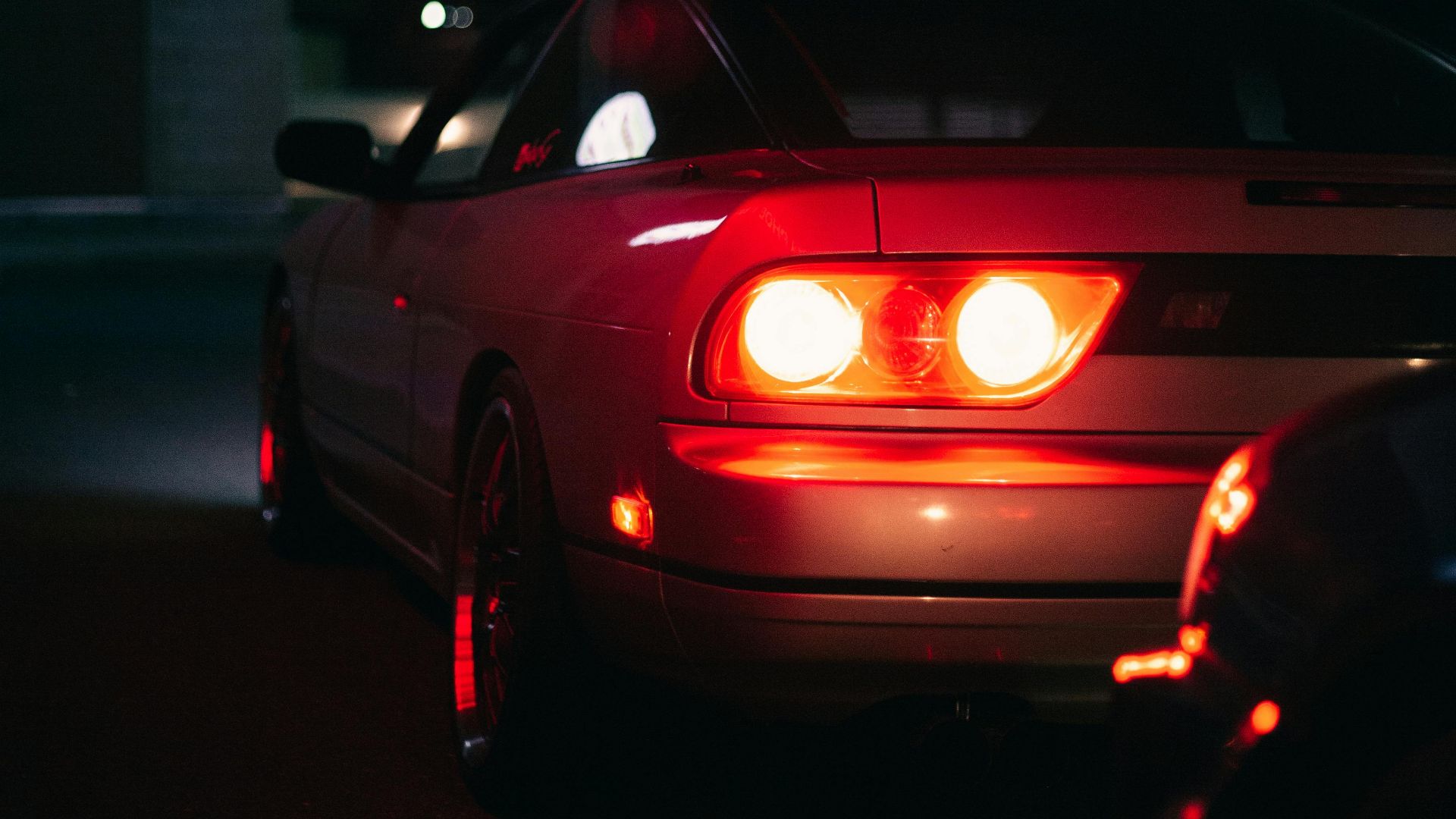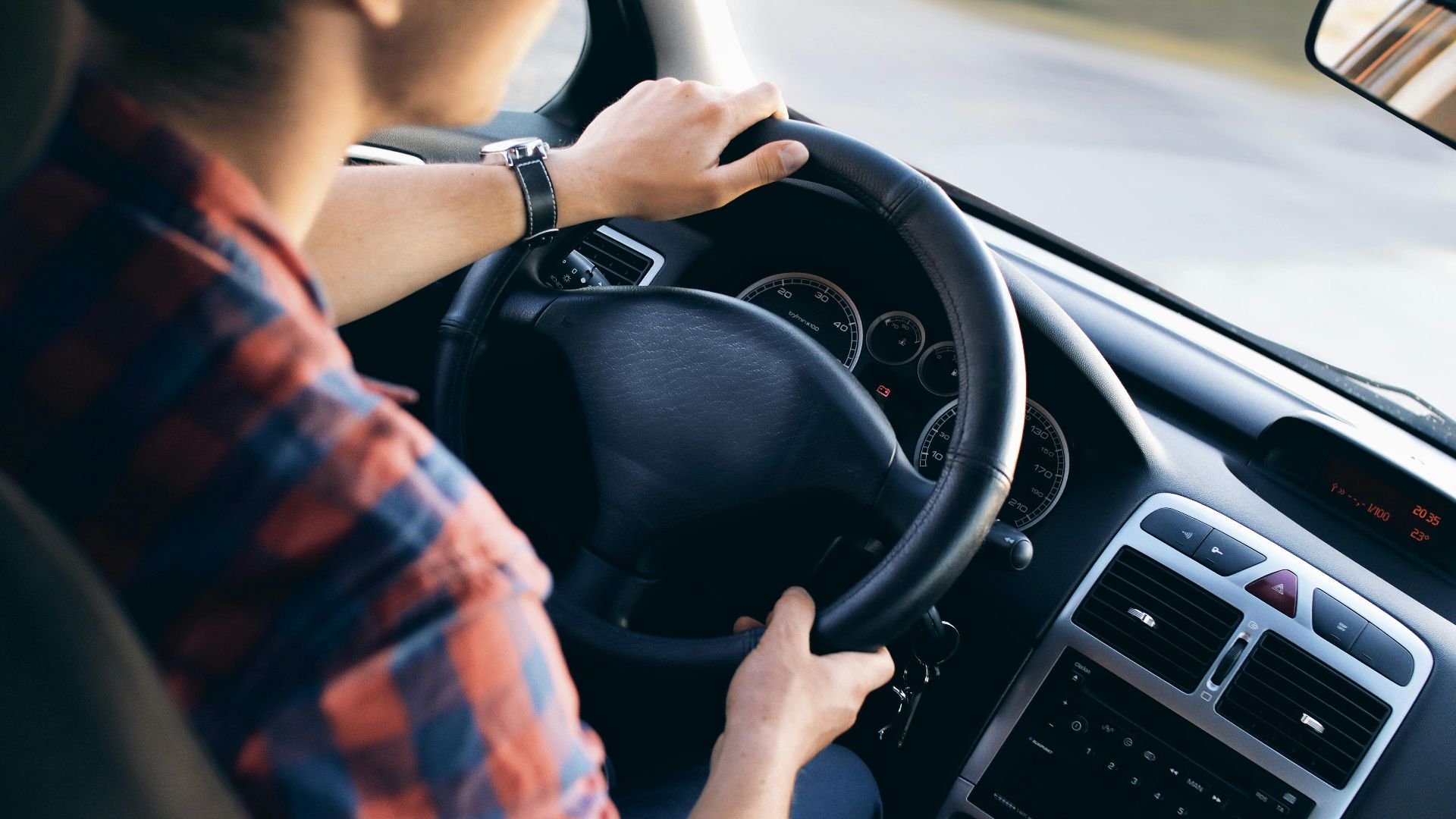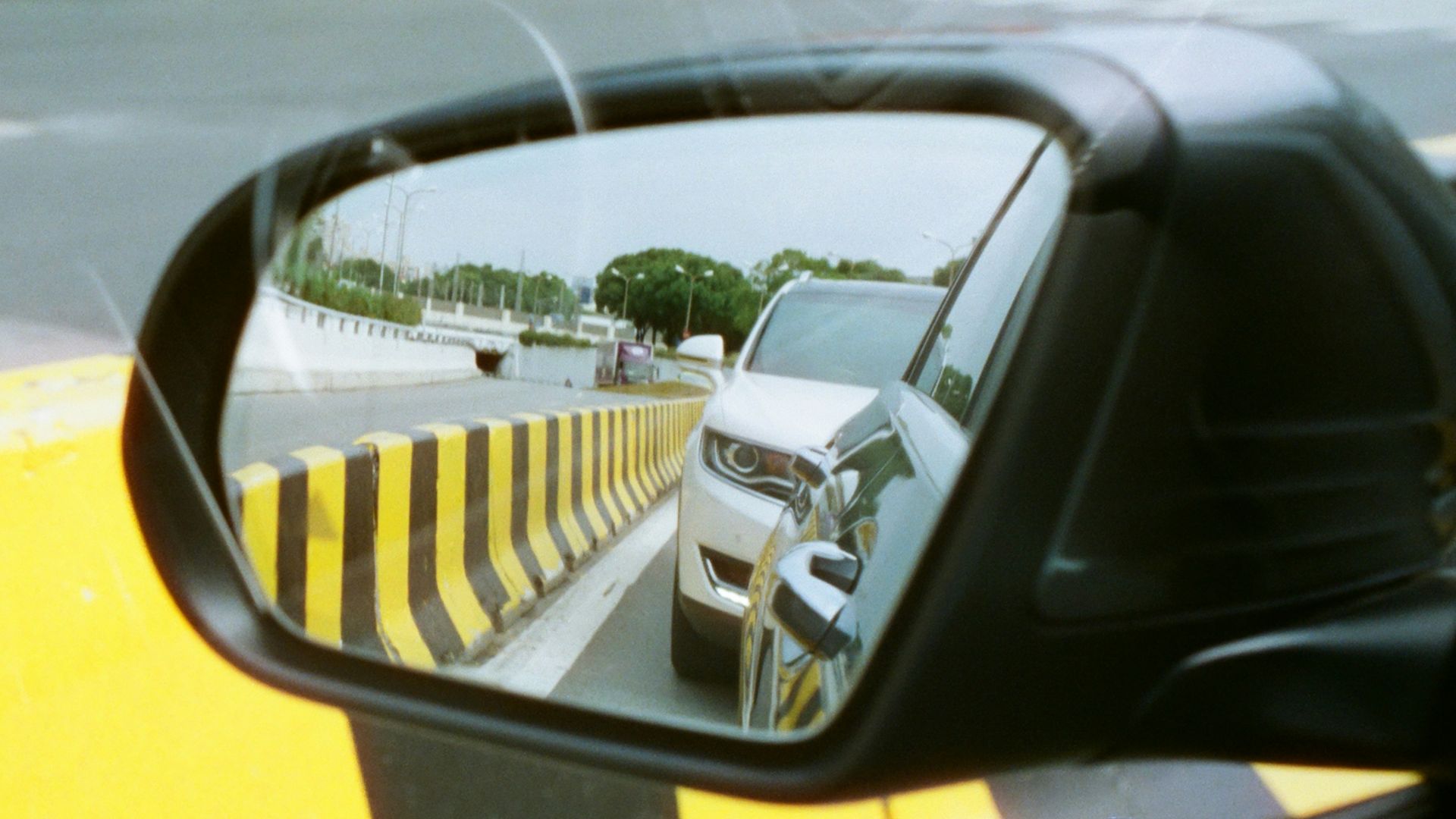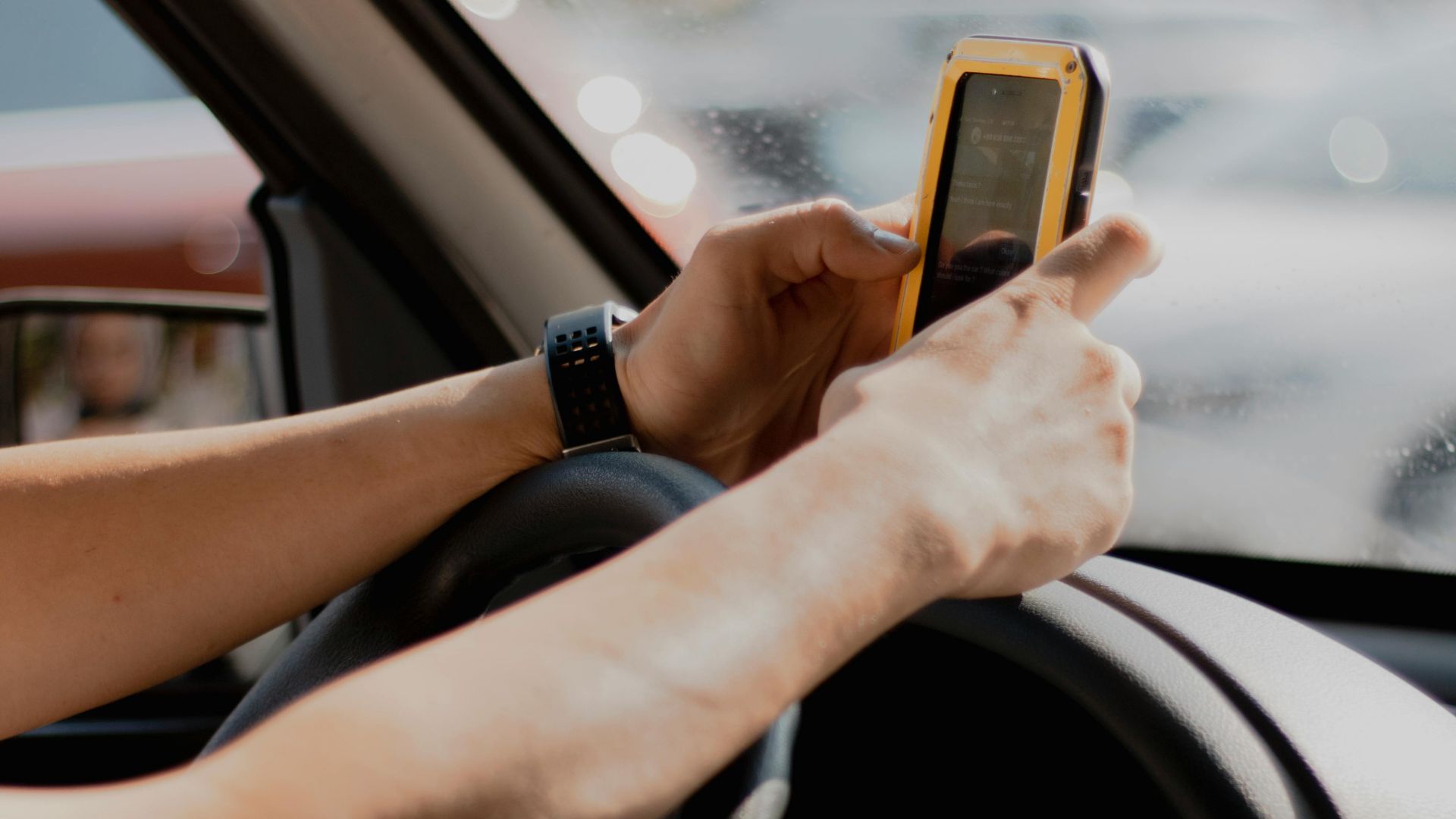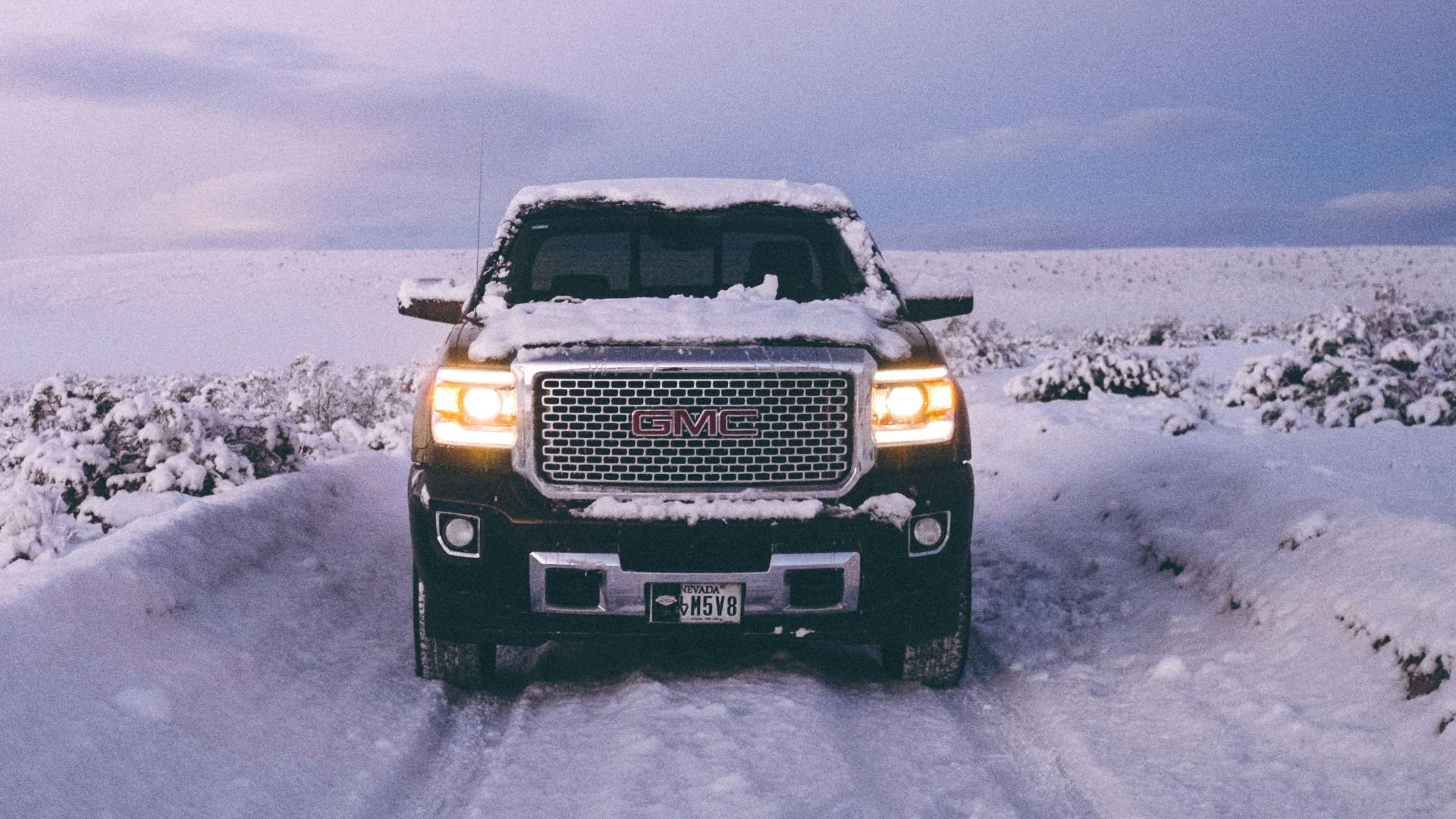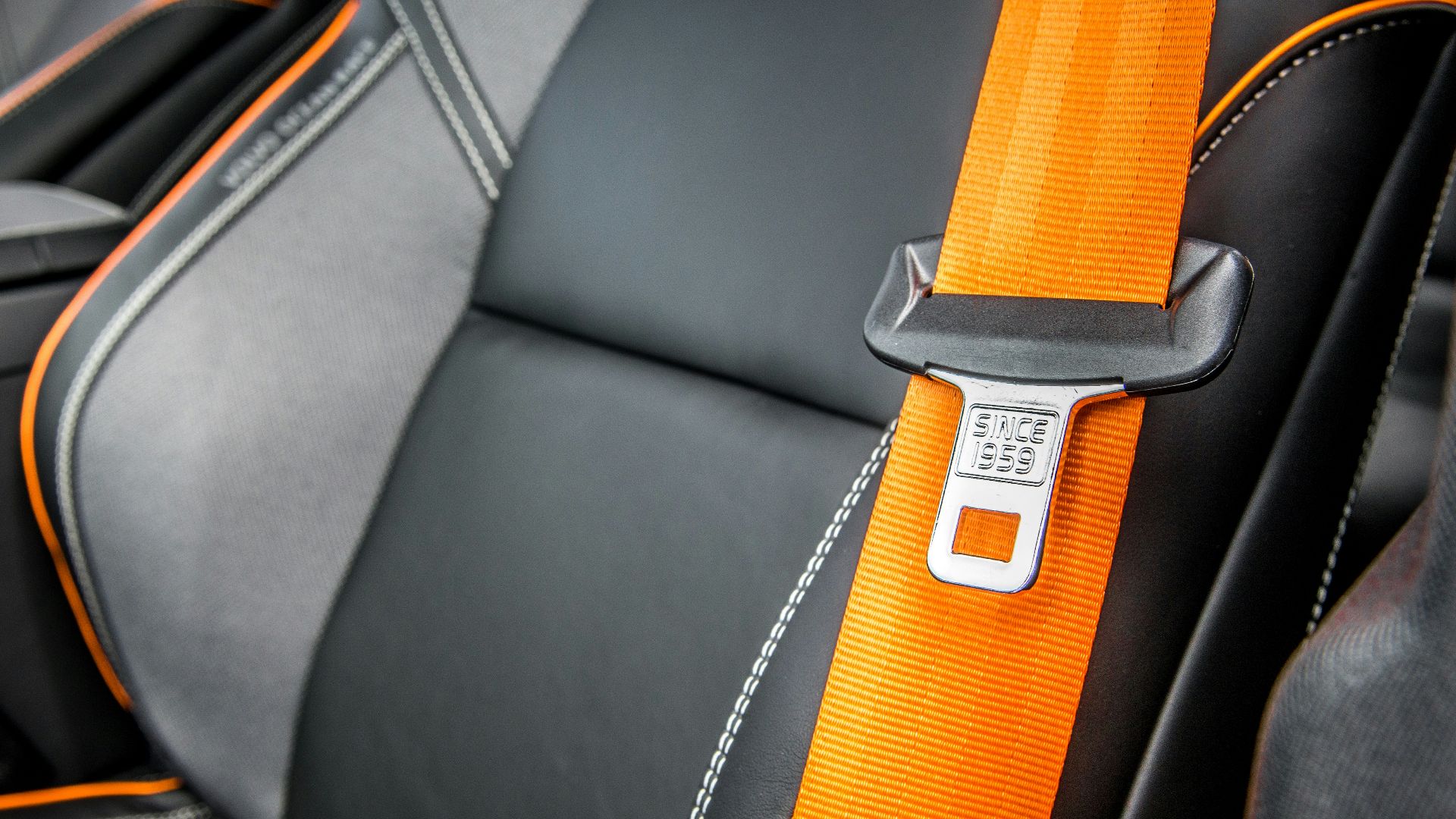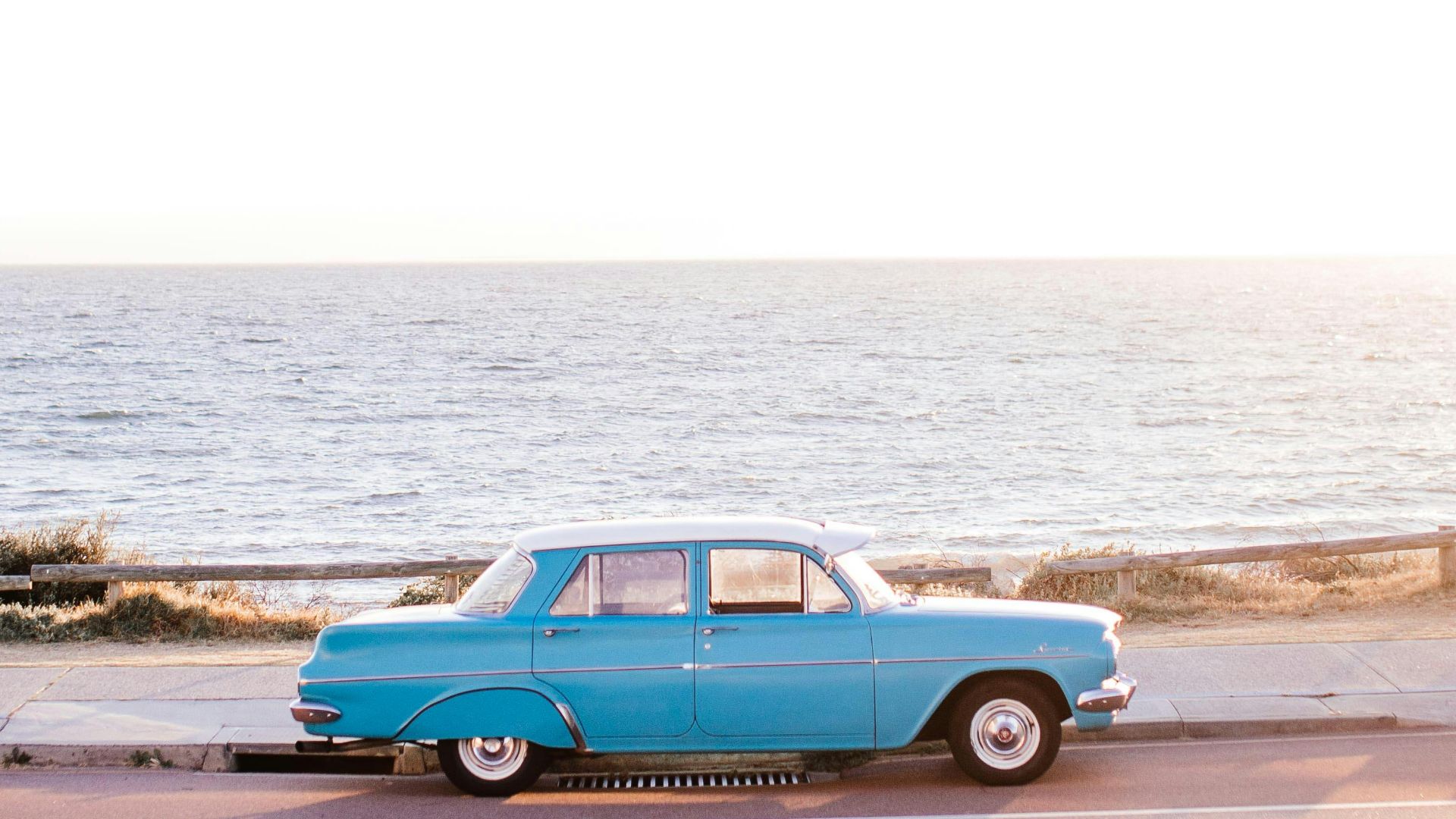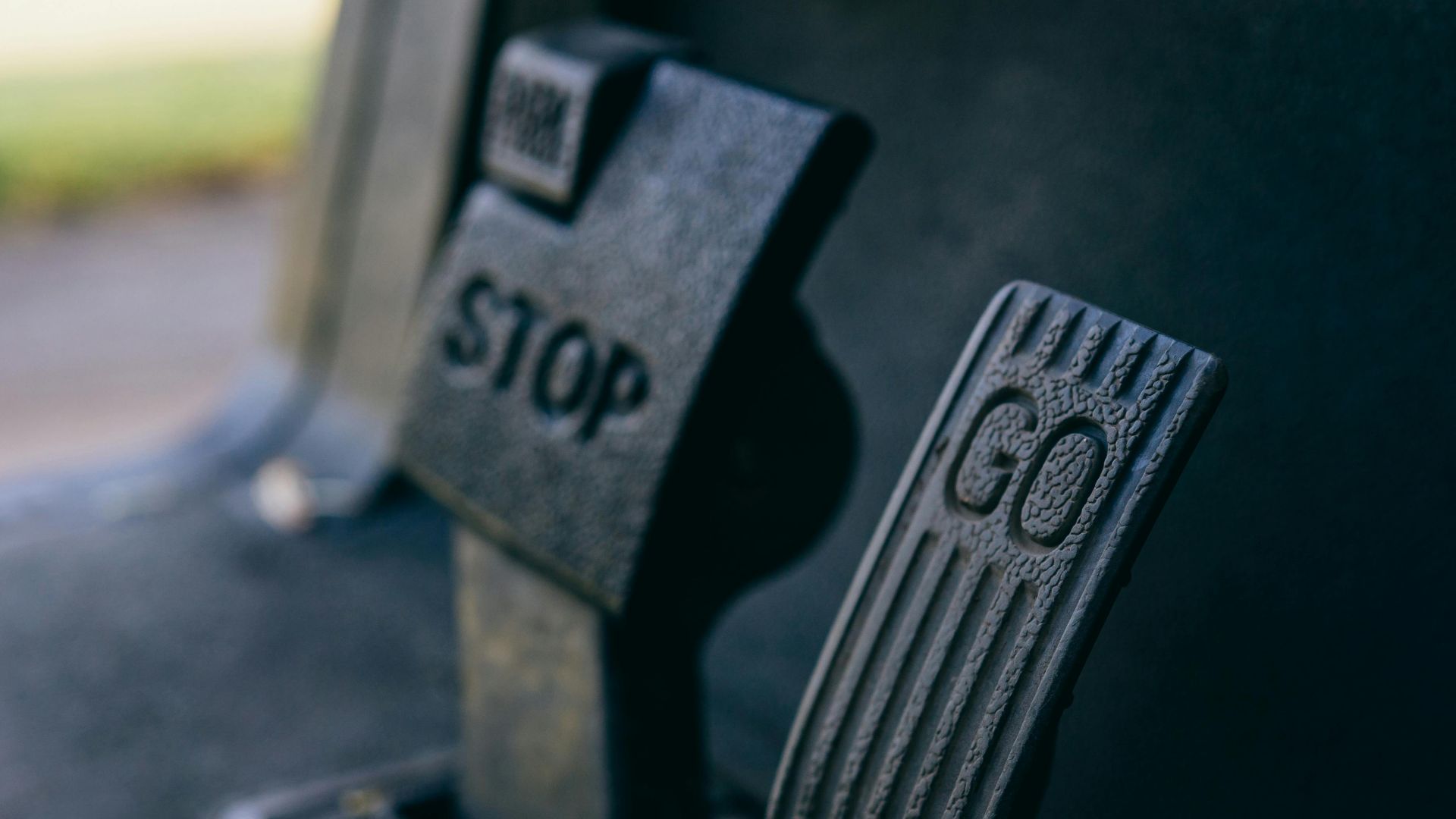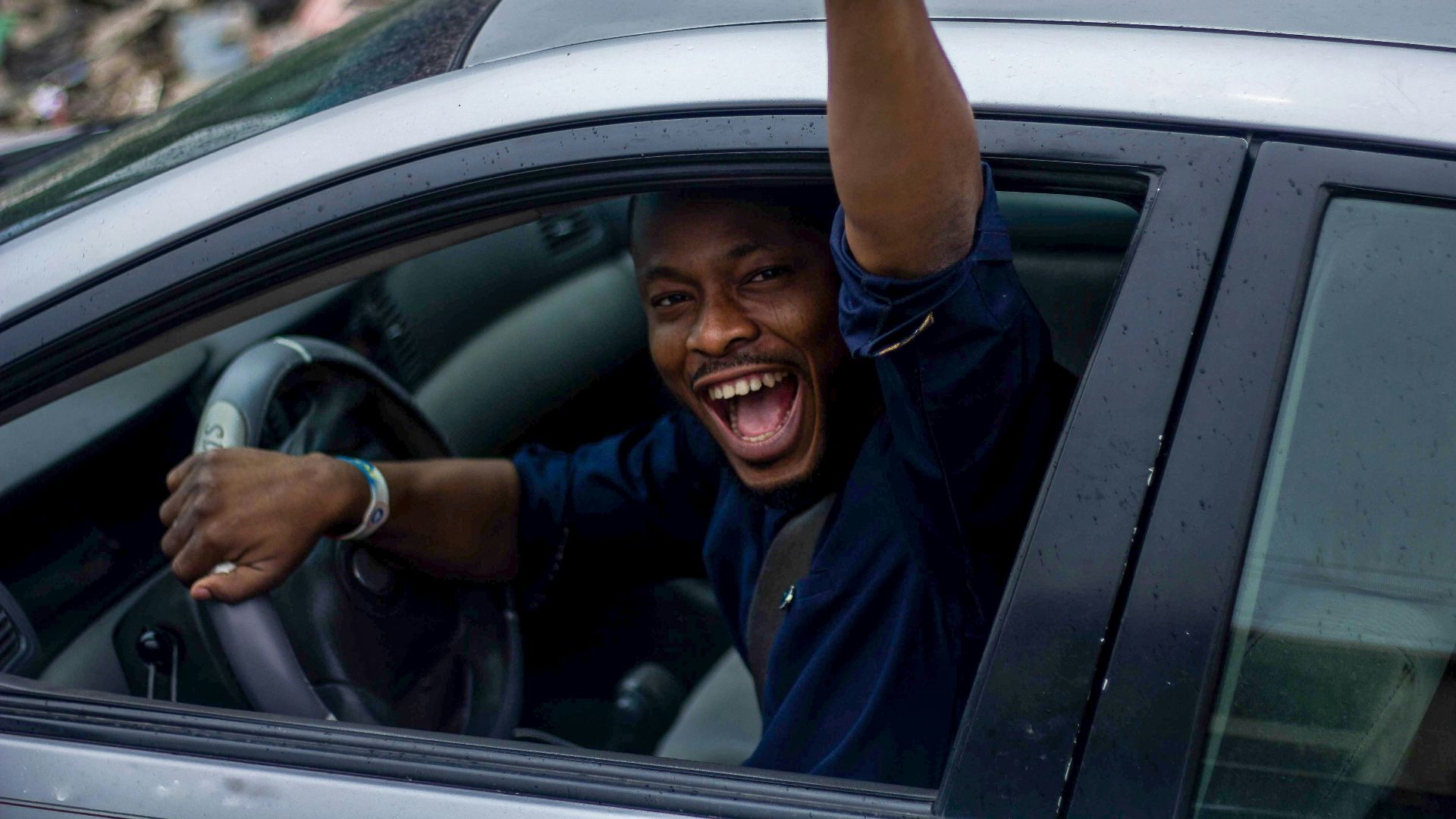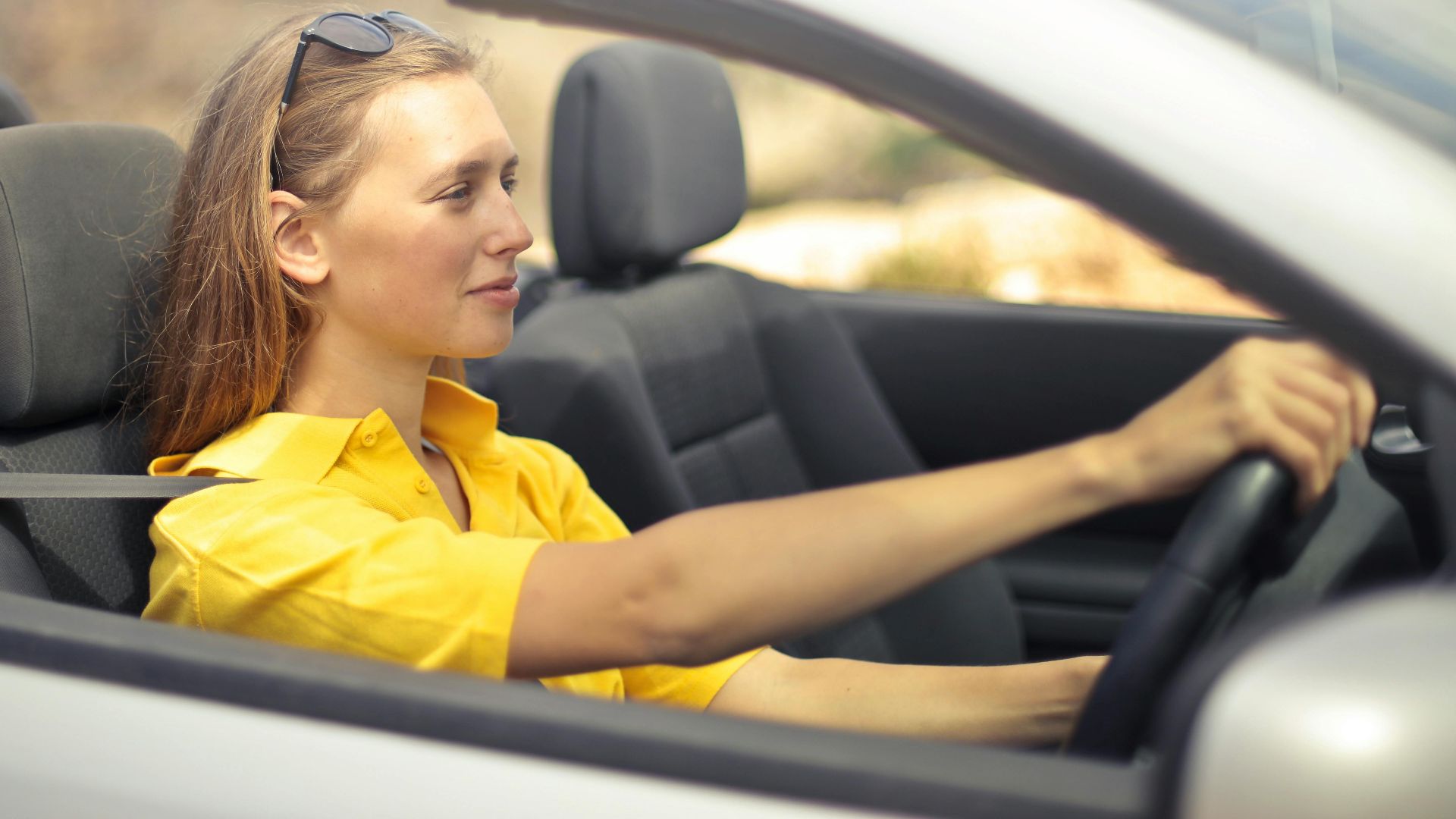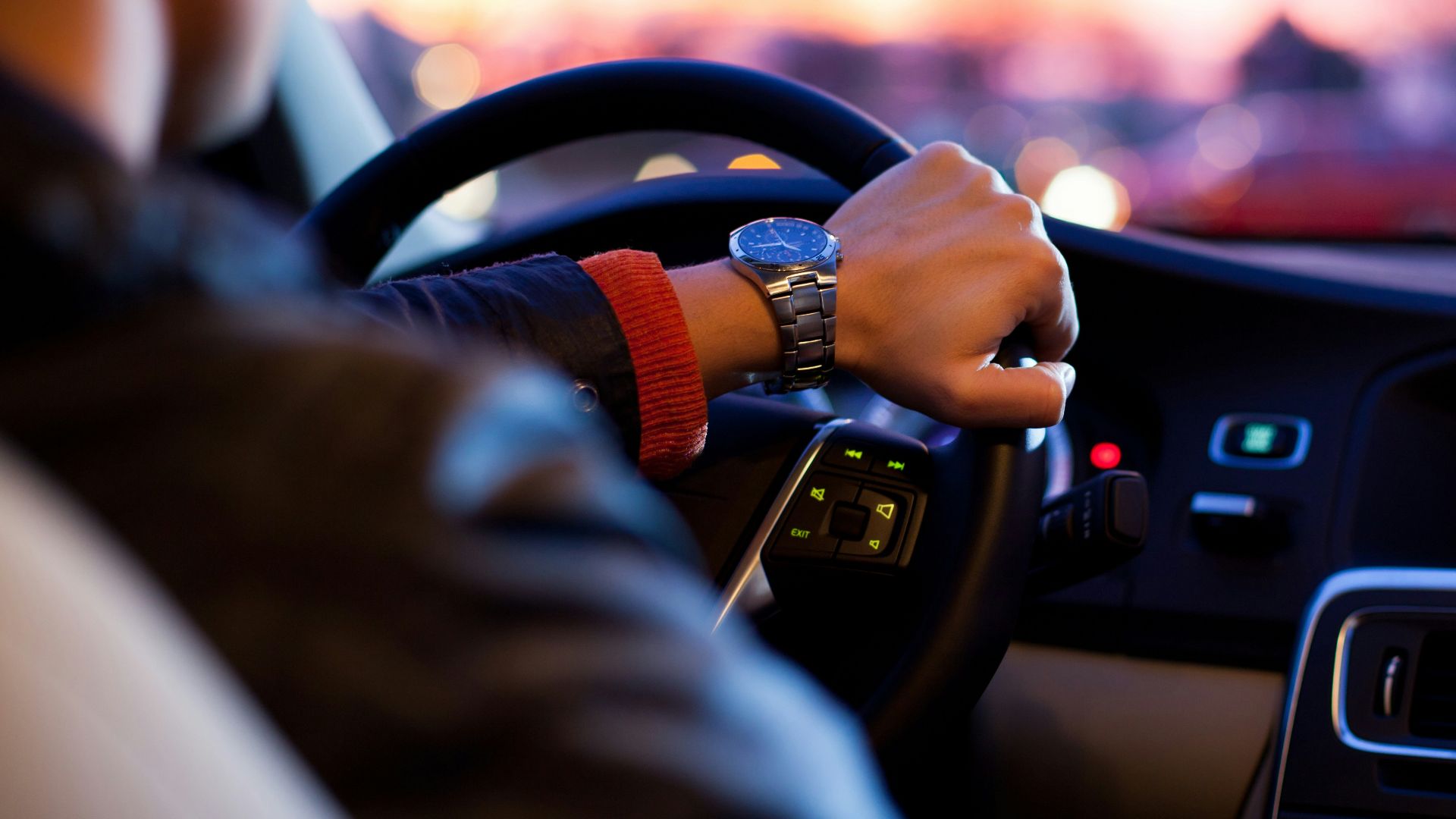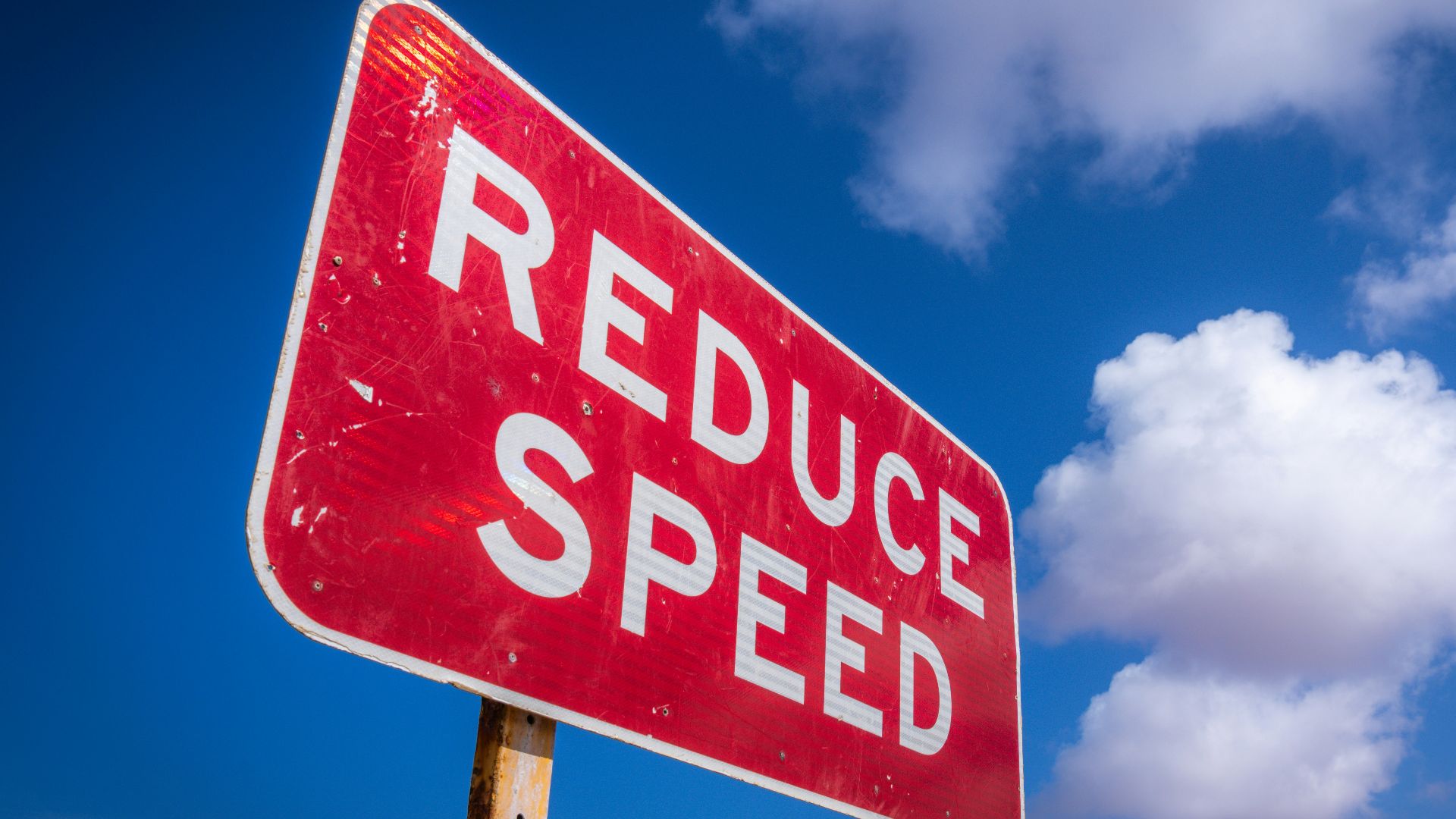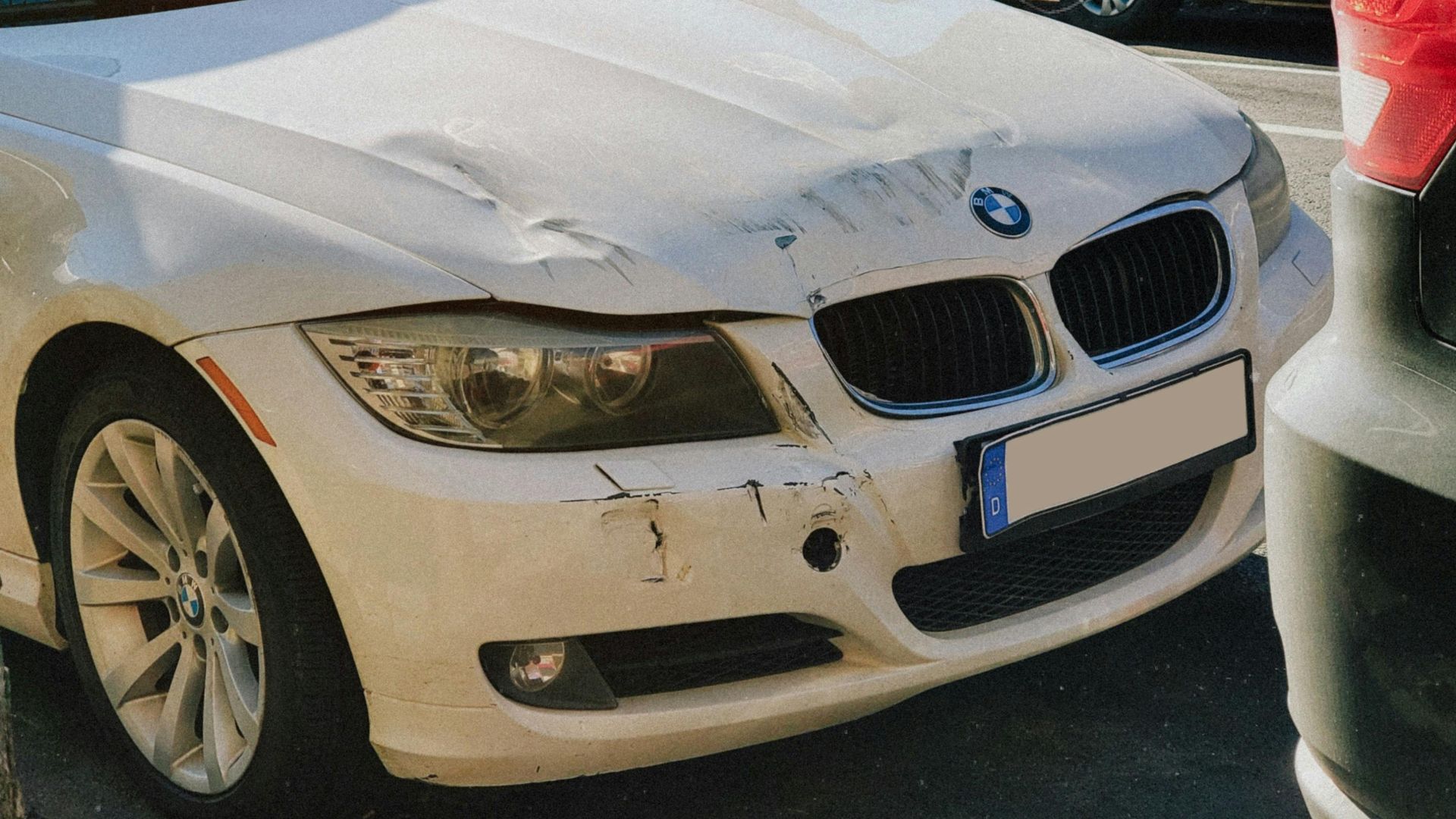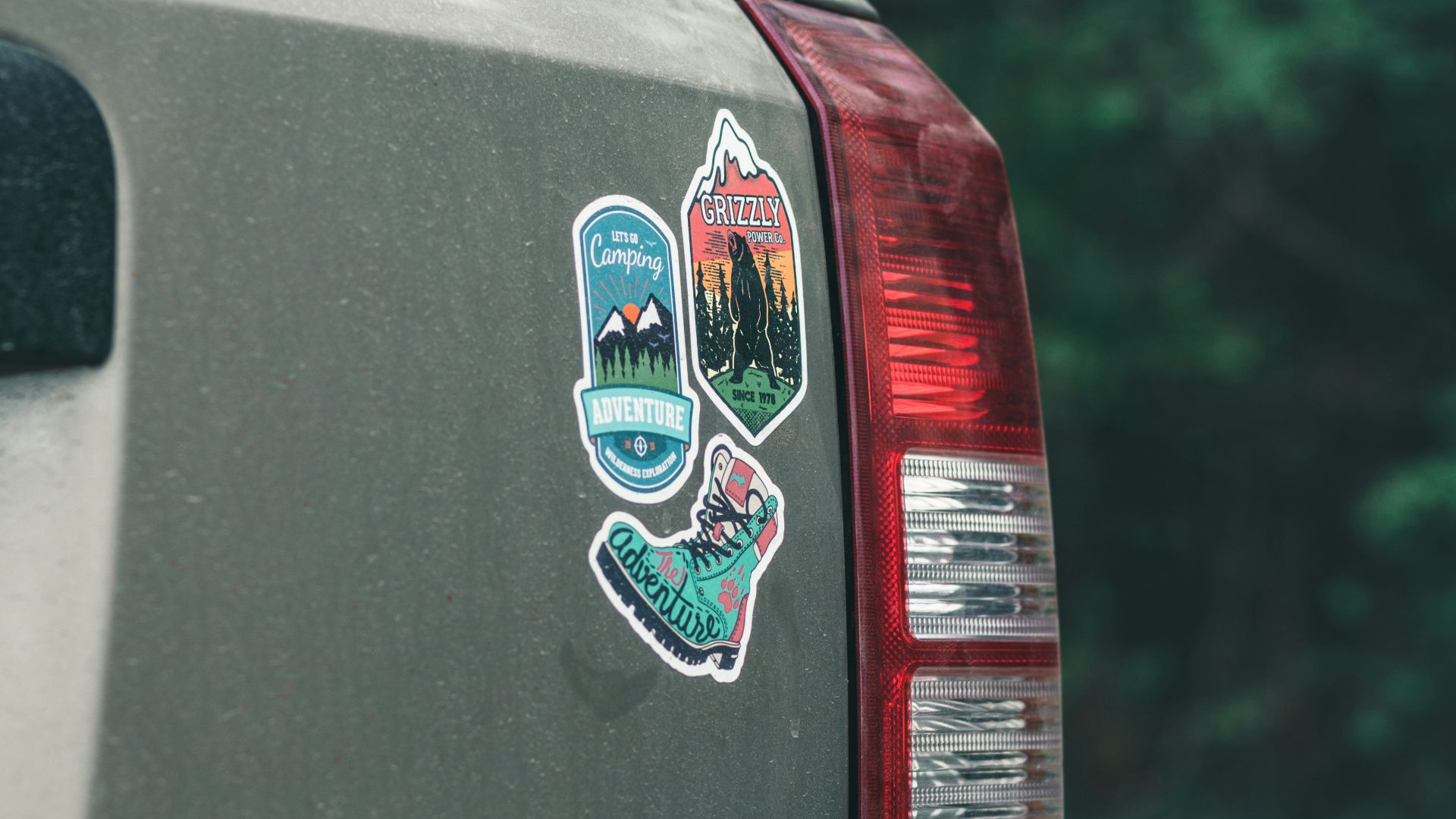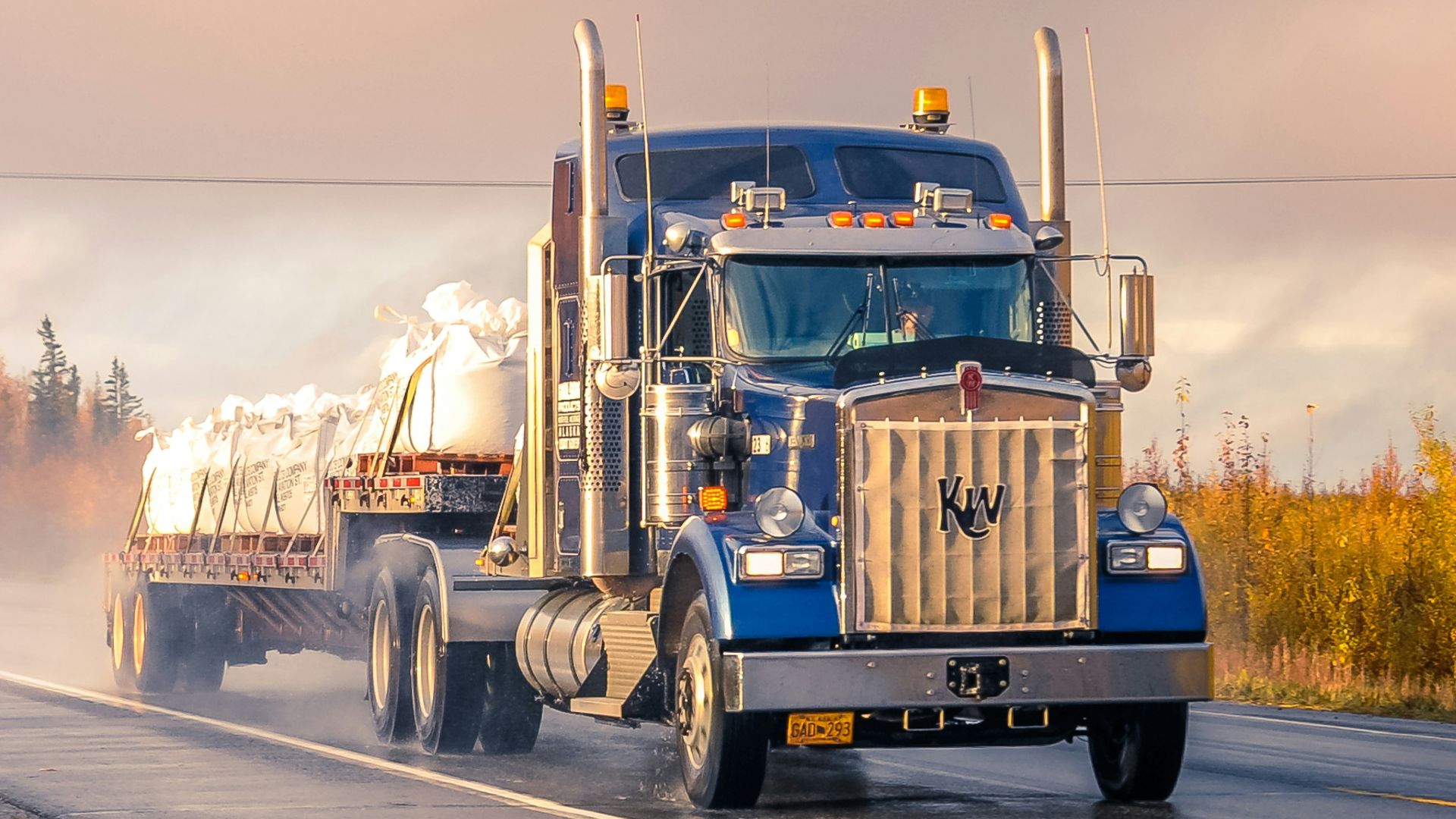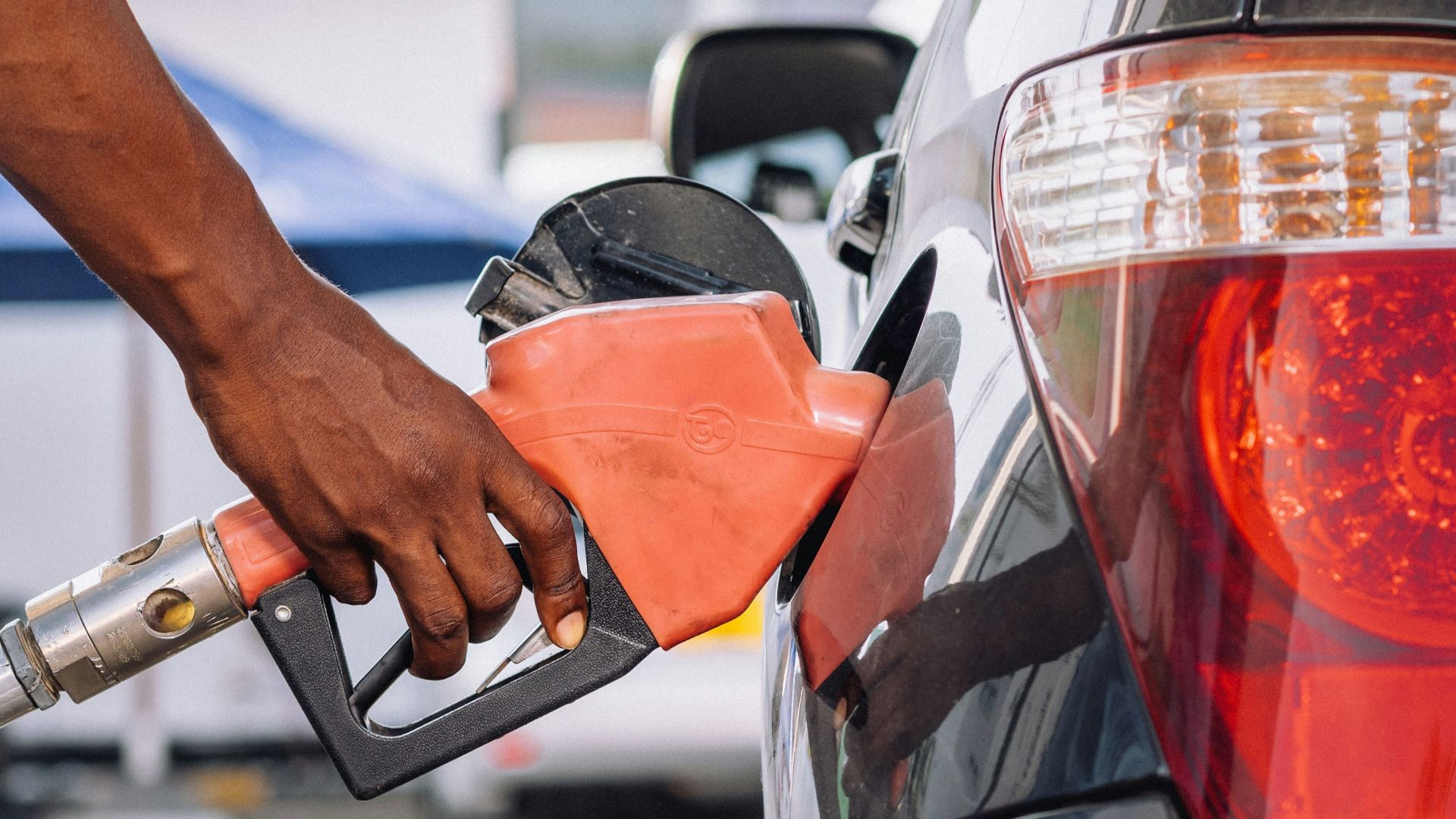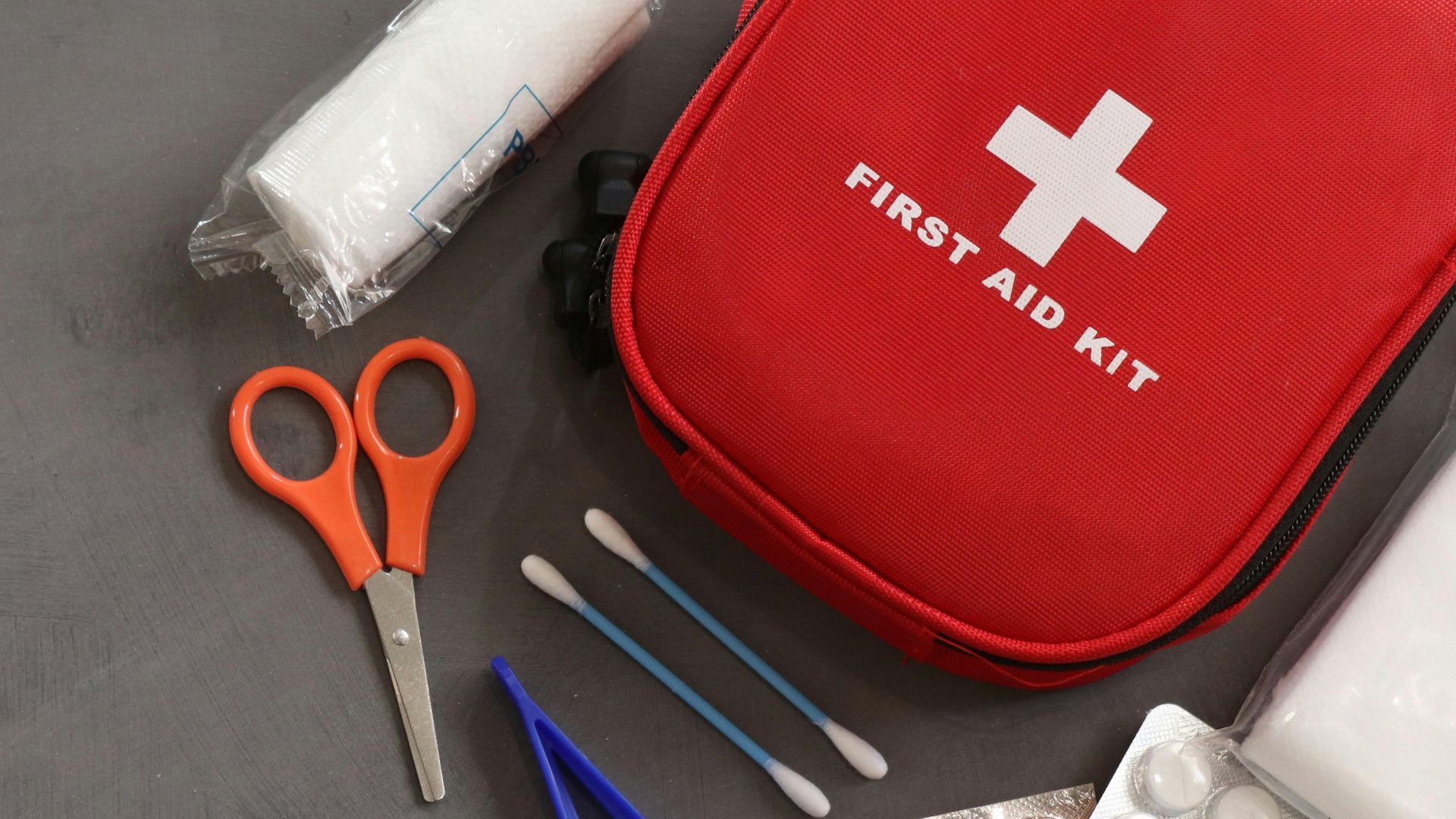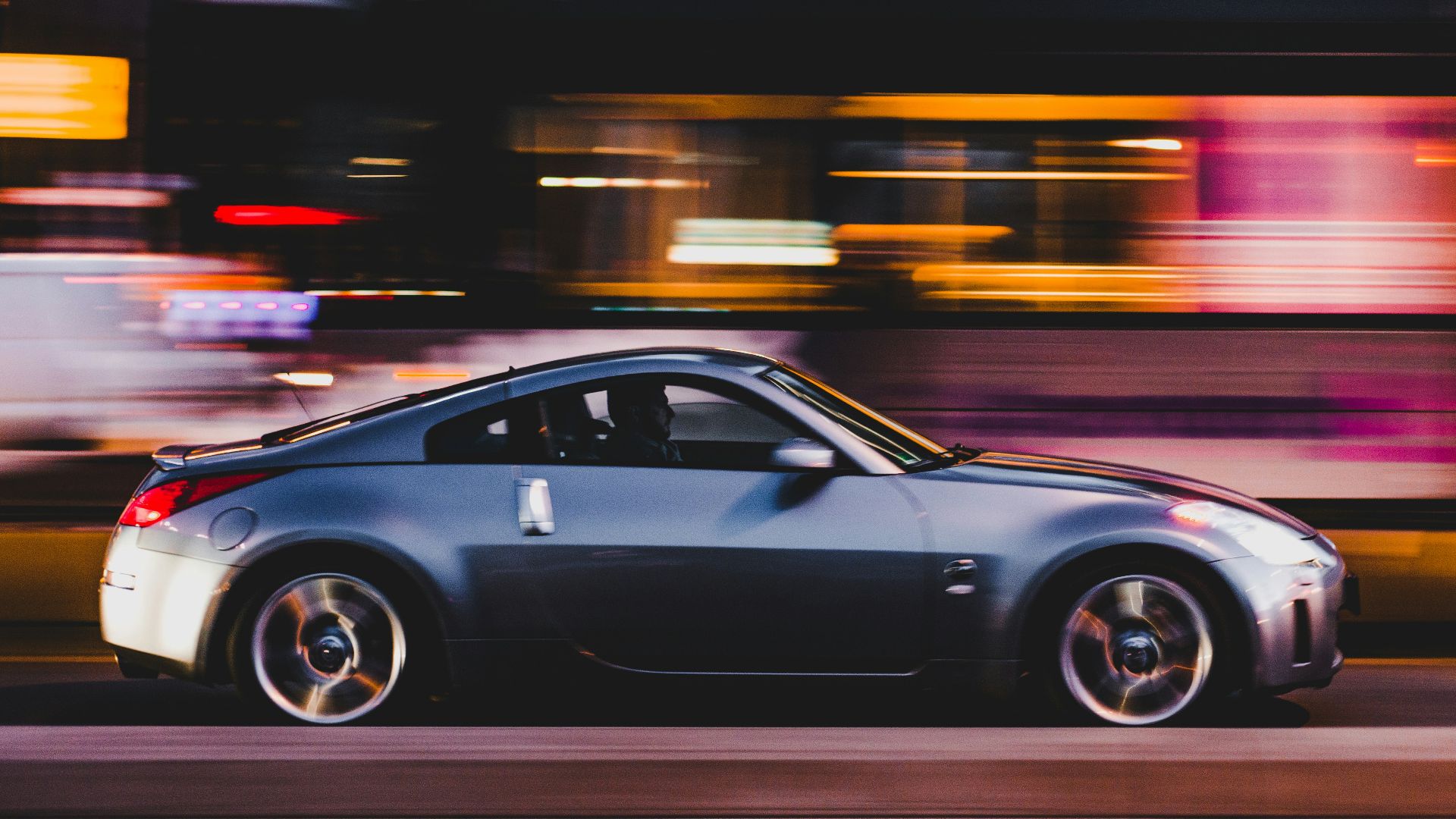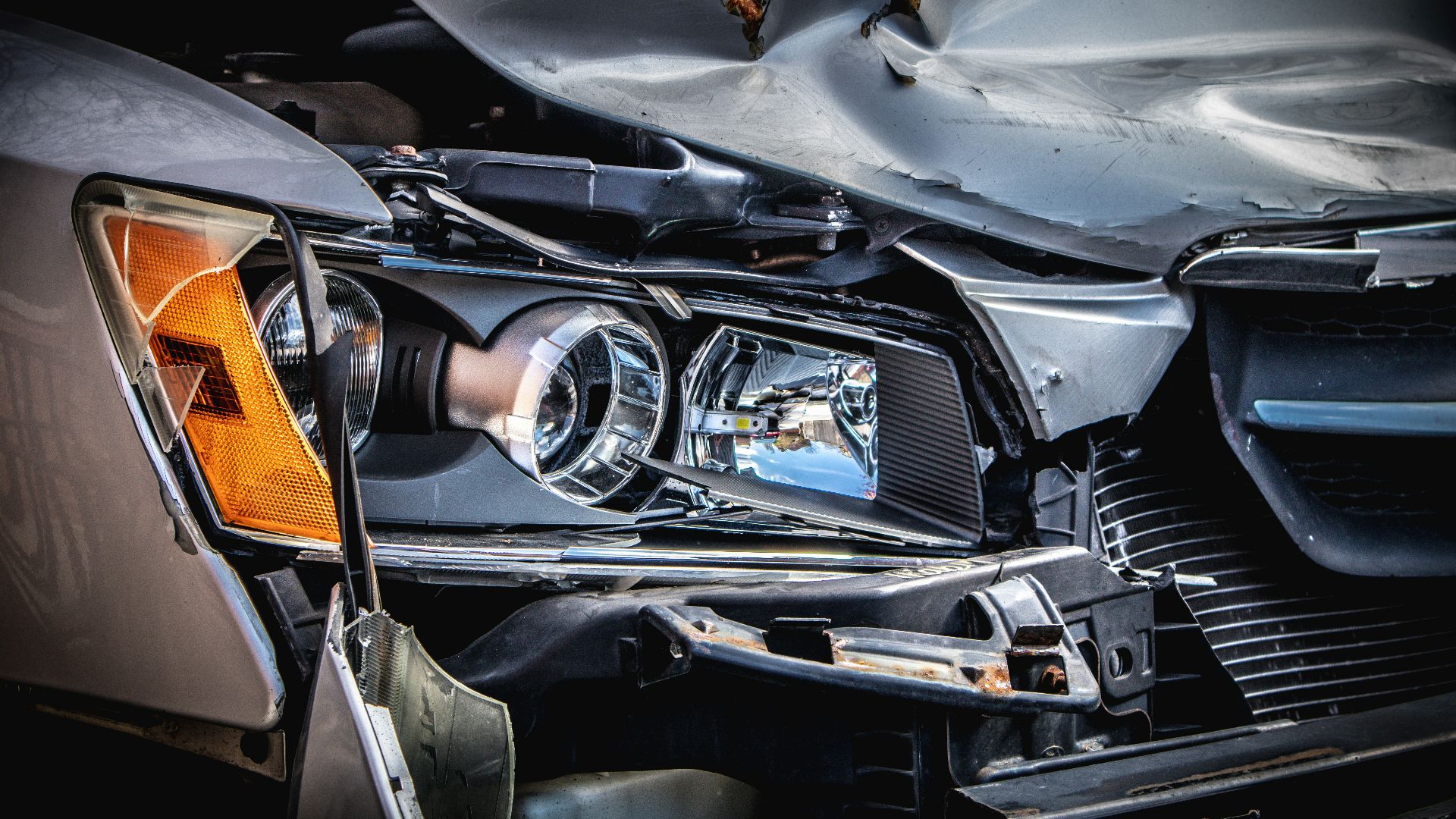Clear The Roads
Driving isn't as simple as putting the pedal to the metal and going for it. While driver's ed aims to give new drivers of all ages safe and comprehensive instructions for vehicle handling, there are some things that are best learned on the road. Here are 10 things we wish new drivers knew, and 10 that take time to learn.
1. Personal Space Matters
Personal bubbles aren't just for people, and tailgating should be left to parking lots. A car is an enormous piece of machinery capable of doing immense damage; the driver ahead of you needs space to move, and you need space to brake if needed. You should be able to see the back tires of the car ahead of you.
2. Signals Aren't Optional
To be fair, drivers of all ages and experience levels like to believe they're too cool for turn signals. While we wish this wasn't the case, the best way to combat it is to nip it in the bud. Don't be the driver you cuts across three lanes of traffic without warning.
3. Be Defensive
Even if you're driving one of those massive 16-wheelers, you should always be on the defense, never the offense. Defensive driving is a series of principles that can help manage dangerous situations. Defense driving won't eliminate the risk completely, but it can help cut it down.
4. Check Your Blind Spots
Like with turn signals, blind spots are one of the first things taught in driver's ed, and one of the most frequently ignored. They're called blind spots for a reason. Check them properly with a shoulder check and often.
5. Texting Isn't Worth It
Neither is fiddling with your playlist, touching up your makeup at a traffic light, or eating a big mac. Distracted driving makes up almost a quarter of all accidents annually. An 'omw' text is not worth more than someone's life.
6. Watch The Weather
Maybe this is common sense, but we're flabbergasted by how many drivers seemingly don't know that driving changes with the weather. If you live somewhere that gets snow, you can't safely use your summer tires year round. Similarly, cars handle differently on dry pavement than they do when it's raining cats and dogs.
7. Fasten Your Seat Belt
Seat belts aren't a geeky accessory your mom made you wear just in case, they save lives. Wearing a seat belt reduces the risk of fatality by 45%, saving thousands of lives every year. Seat belt use was 91.2% in 2024, let's hope we can get it to 100% soon.
8. Pull Over
This is jack-of-all-trades advice. There's nothing wrong with pulling over if you get panicky or if it's raining so hard you don't feel comfortable driving. Similarly, don't rely on "micronaps" or close your eyes while driving; if you feel tired, pull over and nap.
9. Brake, Don't Roll
Listen, we're not going to narc if you do a rolling stop at a quiet suburban stop sign. However, you should be making a hard one rather than a rolling one at a traffic light. A rolling stop assumes that the car in front of you will do the same, which you can't count on.
10. Driving Shouldn't Be Scary
Driving shouldn't be scary, and it doesn't have to be. We understand that it's intimidating, especially the first few dozen times, but you shouldn't approach driving with fear. Nerves can make you more prone to mistakes; it's totally okay if driving isn't for you.
Now that we've discussed some things we wish new drivers knew, here are a few that come with time.
1. Stay Calm
Like we said, the more nervous a driver is the more likely they are to make mistakes, and those mistakes may just be fatal. Keep a cool head while driving, and you'll be more aware of your surroundings. Don't let other peoples' road rage rub off on you, even when they're honking.
2. Driving Gets Easier
Driving is a skill like anything else, it takes time to master. There may be a few bumps in the road—both literal and metaphorical—when you're just starting out, but don't let that deter you from learning. There's always room for improvement.
3. Faster = Closer
Not only are objects in your side mirrors closer than they appear, but you're closer than you think to other vehicles. The faster an object is going, the less distance there is between it and another object. In short, you have less brake time when you probably need more.
4. Expect Mistakes
Maybe this is discourteous to our fellow drivers, but, in addition to defense driving, we always assume we're the only one on the road who knows what they're doing. You can be the safest driver in the world and still get into an accident. We don't mean that every other car is a bogeyman out to get you, but every car has the capacity for danger.
5. Your Bumper Stickers Are Tacky
Sorry, we have to be be petty for a minute. A novelty bumper sticker or two is cute and quirky. However, a bumper full of "How's my driving?" and "my other car is a (x)" just looks tacky. Nobody's going to text you to tell you what a good driver you are, but your stickers may cause distractions for others.
6. Stay To The Left Of Trucks
There's a reason why when you're driving on the highway all those transport trucks stick to the right lane, and it isn't just because they're slower. Truckers have bigger blind spots than regular drivers; they'll have an easier time seeing (and avoiding) you if you're on the drivers' side. In a battle between a car versus a truck, the truck will always win.
7. Don't Delay Refilling Gas
You don't have to tell us how expensive gas it, trust us, we know. But soaring prices shouldn't prevent you from filling up before that little arrow starts blinking, especially if you have a long drive ahead of you. The last thing you want is to call a tow to the middle of nowhere because you're tank's empty.
8. Have A Survival Kit
Accidents can happen to anyone, and we don't mean car-on-car fatalities. A survival kit should have first aid supplies, yes, but also blankets, food, and flares. If you break down in the middle of a snowstorm, you're going to have to hunker down a bit until help arrives.
9. Faster ≠ Quicker
We don't blame new drivers for believing that the faster you drive, the quicker you reach your destination. After all, even the most seasoned of drivers believe that weaving through bumper-to-bumper traffic will get them to their destination before everyone else. Speeding will not help you.
10. Actions Have Consequences
We hate to be morbid, but driving really can be dangerous—even deadly. You don't want to learn this the hard way. Assume every choice you make on the road may have a lasting impact on your life or someone else's.



